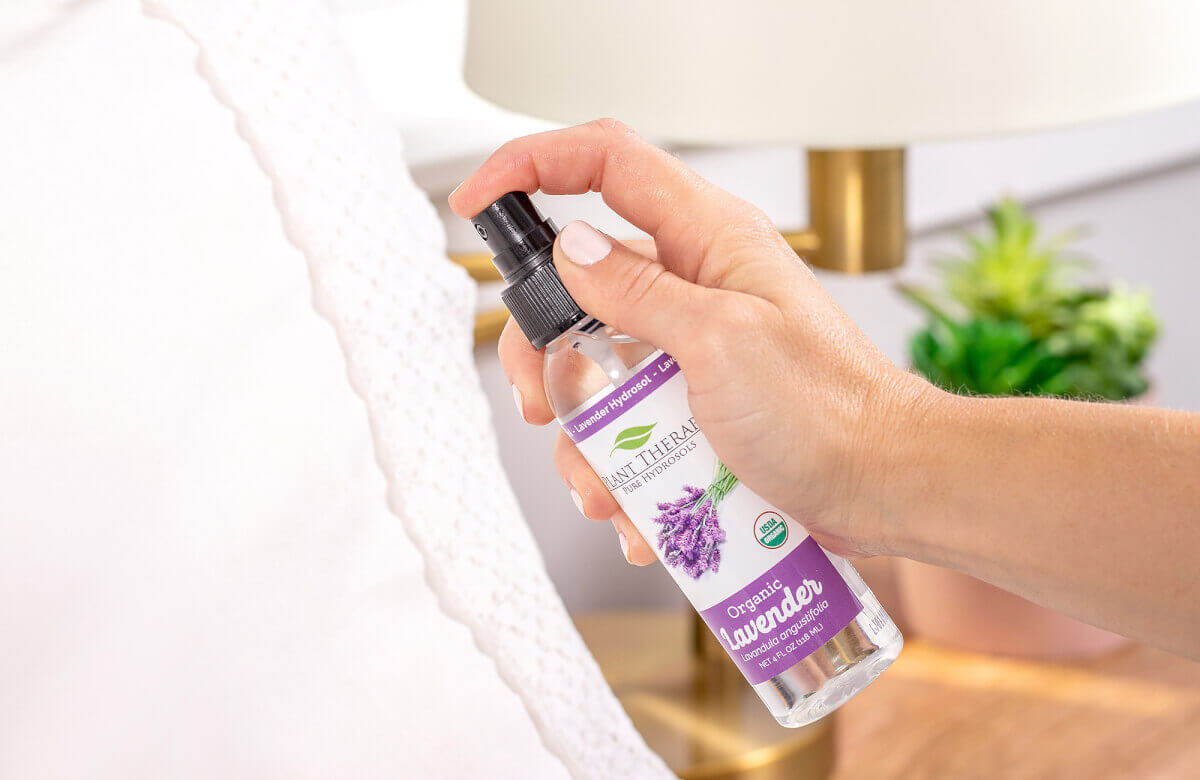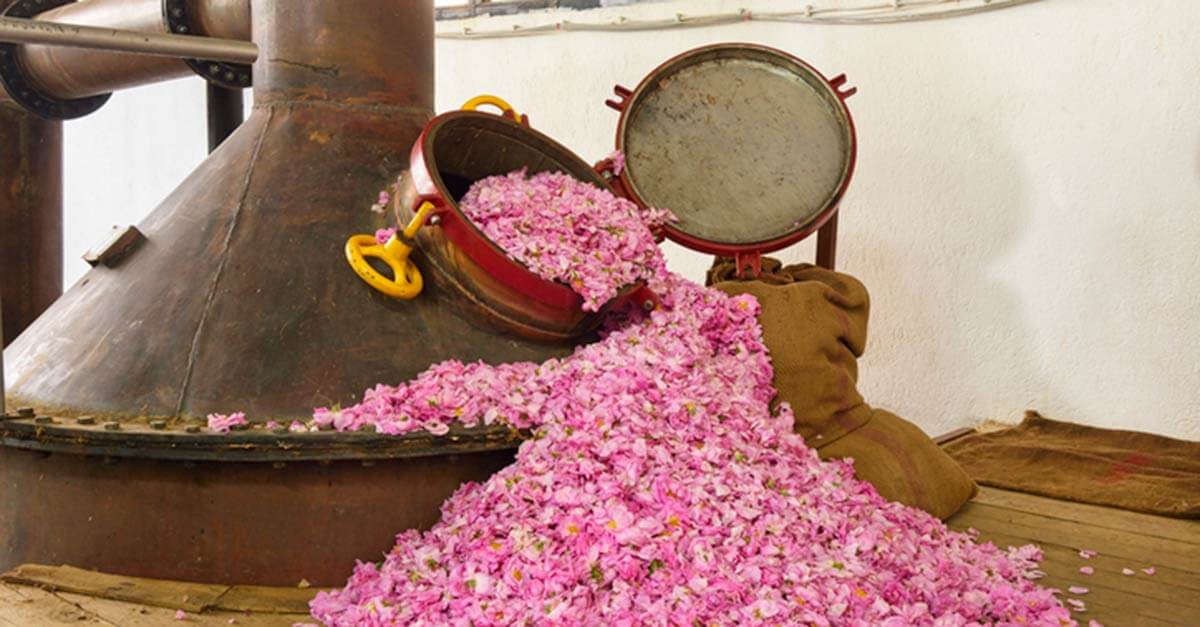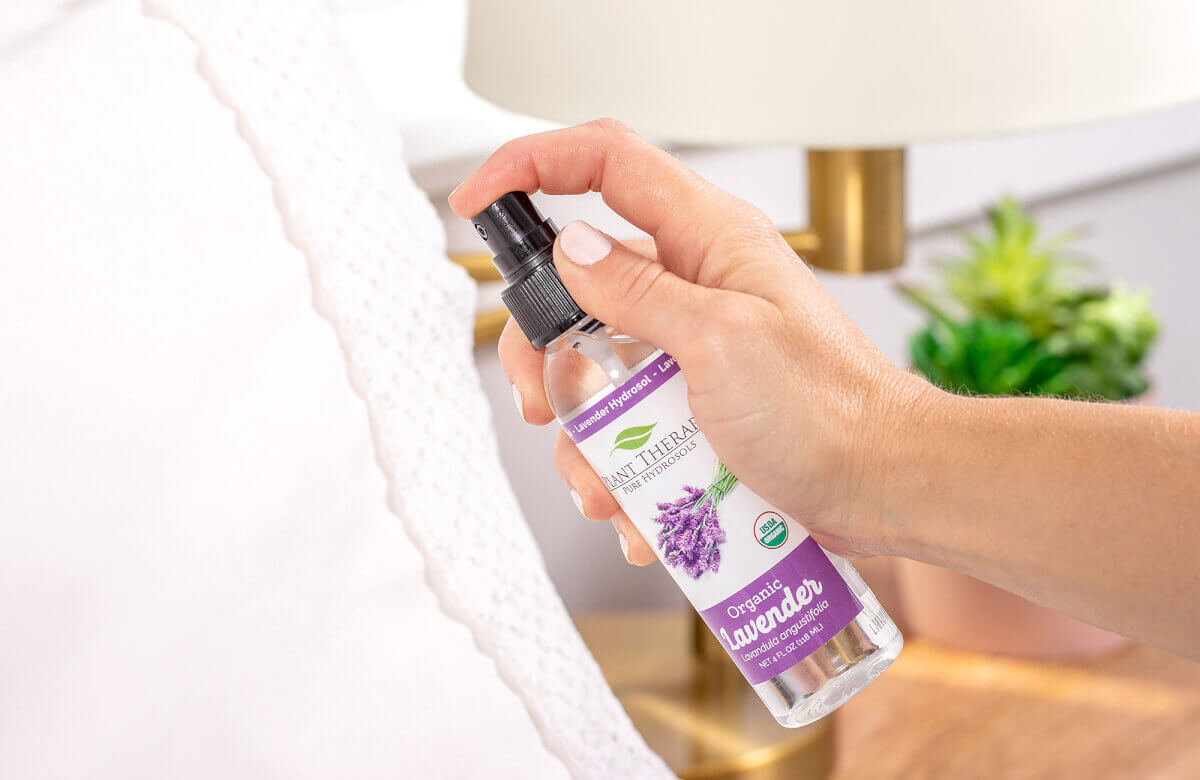So…what is a hydrosol?
Kristie Cannon Newman says:
“This is going to sound dumb, but what exactly is a hydrosol and what is it used for?”
Thanks Kristie, and don’t worry, there are no dumb questions! Hydrosols can sometimes be a bit of a mystery, but we’re here to clear that up today.
Very simply, a hydrosol is the water that is distilled with an essential oil. When the steam from the distilled water passes through the plant material, it takes with it the volatile oils from the plant. The two travel through the tube at the top of the steam vessel (typically copper) and down through the condensing tube. Once the water and oil have separated, the essential oil is siphoned off the top and what you have left is the hydrosol.
A hydrosol, according to Suzanne Catty, is a chemistry term meaning “water solution.” Hydrosols are also known by a variety of other names:
- hydrolats
- hydrolates
- floral waters or
- plant waters
Catty goes on to say it is important to note that hydrosols are NOT simply distilled water with essential oils added to them. In this case, the two do not mix. Some of the water-soluble plant oils will combine with the water and impart therapeutic properties. This creates a much gentler, more diluted product which is generally safer to use than an essential oil.
Why do I need hydrosols?

Pris Palin wants to know:
“Why do I need hydrosols?”
There are tons of unexpected ways to use hydrosols. They have the benefit of being essentially safe for anyone to use. They can be used undiluted on the skin for adults, children, pregnant and nursing women, the elderly, and even most pets. You can use them in DIY products (like lotions), or spray on your skin as a toner. You can even mix them together!
With almost no cautions, hydrosols truly are a perfect first-use item if you’re a beginning aromatherapy user. That’s not to say there aren’t a few rules to follow. Two excellent reference books are:
- Hydrosols: The next aromatherapy by Suzanne Catty
- Understanding Hydrolats: The Specific Hydrosols for Aromatherapy by Len and Shirley Price
Hydrosols do need to be stored properly. A cool, dark environment (like a refrigerator) is best, and make sure to check them often for any cloudiness or mold.
Since hydrosols contain no preservatives, they have relatively short shelf lives of between 6 months to 2 years. However, since hydrosols are relatively inexpensive, it’s more economical to use them up and buy new ones when you need them than to save them for special uses.
Plus, you can blend them, just like you would blend essential oils, to get the best benefits of multiple different types!
Let’s say you love misting your pillow with Lavender Hydrosol before going to bed to help you get great sleep. That great, but try adding a bit of Chamomile Hydrosol and see how well they work together! They both have incredibly relaxing properties and sweet floral aromas, but the mixture of them together creates a brand new aroma to fall asleep to.
A great hydrosol blend of that helps control breakouts and skin blemishes is a mix of 2 ounces of Tea Tree Hydrosol with 1 ounce of Rose Hydrosol. Just give your face a spritz before bed after you wash it, then follow it up with a dab of Jojoba Carrier Oil as a moisturizer.
You can read more about blending hydrosols in this great blog post.
Rose Hydrosol: How to use it!

Lelia Hayden asked:
“Can I just spray my Rose hydrosol directly on my face if my eyes are closed? Is that okay? Also, can I spray the Rose on my son’s skin (not face)?”
Thanks SO much for your question, Lelia! Rose hydrosol is gentle enough to use directly on the face and is a customer favorite as a facial cleanser. Rose hydrosol is also a great option for your little one as it is gentle and calming. You could pair it with our Lavender hydrosol as a bed spritz to help promote relaxation, or directly on his skin paired with a relaxing massage.
Best uses for Melissa Hydrosols?

Laura Gordon wants to know:
“What are the best uses for Melissa hydrosol?”
This is a wonderfully calming and uplifting hydrosol that can be sprayed directly on the skin or clothing of adults, kiddos or even babies. During times of stress, the hydrosol can be used as a room or linen spray to create a calming and peaceful environment.
In addition to being an excellent choice for soothing the spirit, this hydrosol is a powerhouse at soothing skin irritation. I have found it to be particularly helpful during the summer months when the kiddos manage to get into poison oak. Just a spritz or two as needed through the day and it’s looking better in no time! It also works well for other irritations as well such as soothing dry, itchy skin and as a toner for blemish prone skin.



